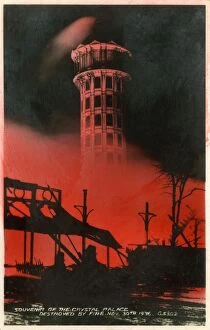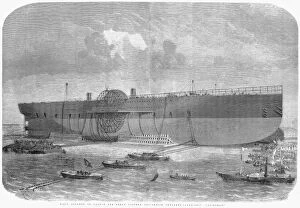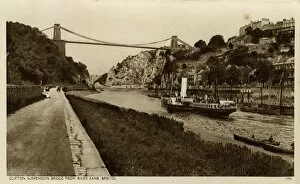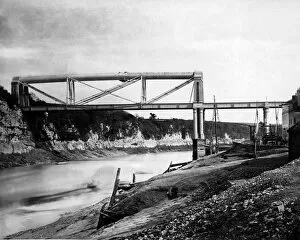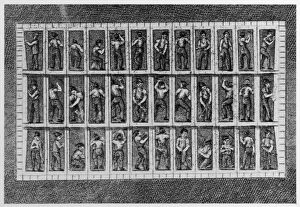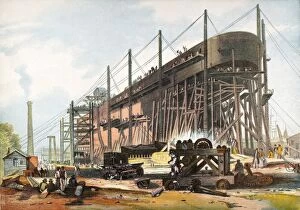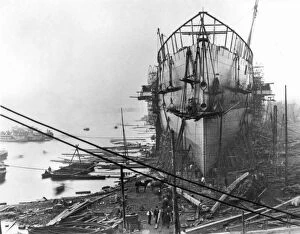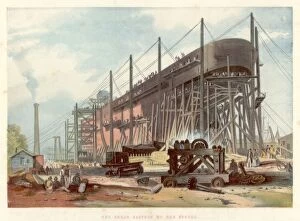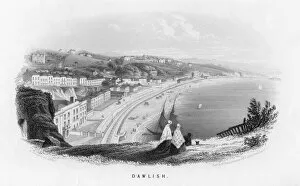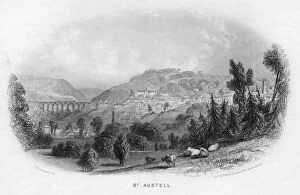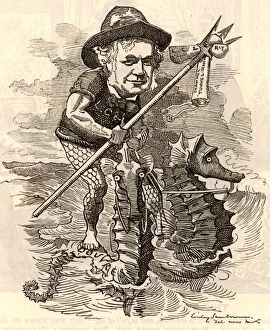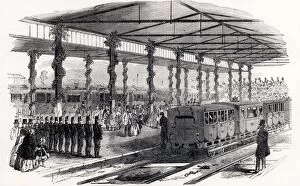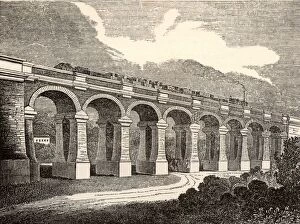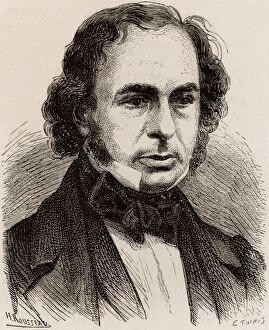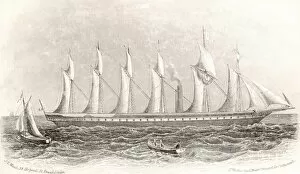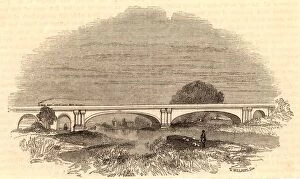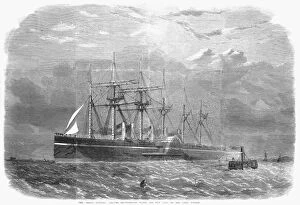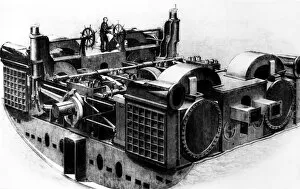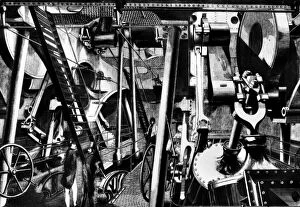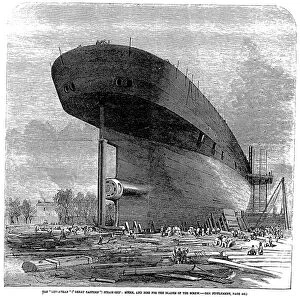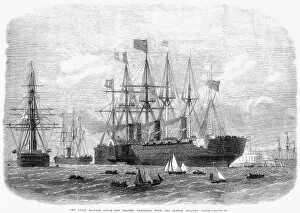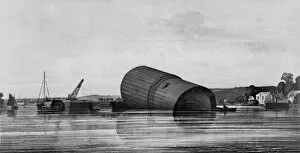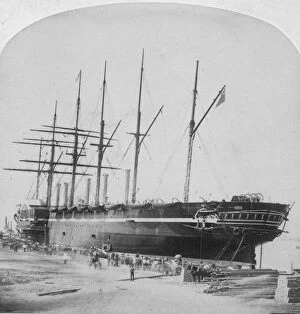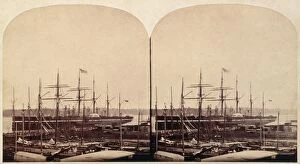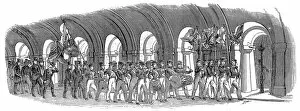Isambard Collection (#2)
Isambard Kingdom Brunel, the visionary English engineer, left an indelible mark on history with his groundbreaking achievements
For sale as Licensed Images
Choose your image, Select your licence and Download the media
Isambard Kingdom Brunel, the visionary English engineer, left an indelible mark on history with his groundbreaking achievements. With chains in hand, he fearlessly led the construction of monumental projects that would shape the world we know today. From the hauling chains of the awe-inspiring Great Eastern to his iconic union jack flag T-shirt/poster print design, Isambard was a symbol of innovation and national pride. One of his remarkable feats was the Thames Tunnel between Wapping and Rotherhithe, a subaqueous marvel that pushed engineering boundaries. Isambard's ingenuity didn't stop there; he went on to create The Mammoth Iron Steam-Ship Great Eastern, a colossal vessel that defied expectations. In Box Tunnel, Wilts, Isambard's brilliance shone through as he masterfully engineered this railway tunnel with precision and skill. His dedication to excellence is evident in every detail captured in the I K Brunel/Chain Cdv photograph. The Clifton Suspension Bridge over the River Avon stands tall as a testament to Isambard's architectural prowess. This majestic structure not only connects communities but also showcases his unwavering commitment to pushing boundaries. Brunel's legacy extends beyond mere structures; it encompasses revolutionizing transportation systems by introducing Broad Gauge railways. His vision transformed how people traveled and connected across vast distances. With each project undertaken by Isambard Kingdom Brunel came greatness unparalleled. Bristol - The Clifton Suspension Bridge over the Avon Gorge serves as a reminder of his enduring impact on our world – an extraordinary engineer who forever changed our landscape and inspired generations to dream big.






